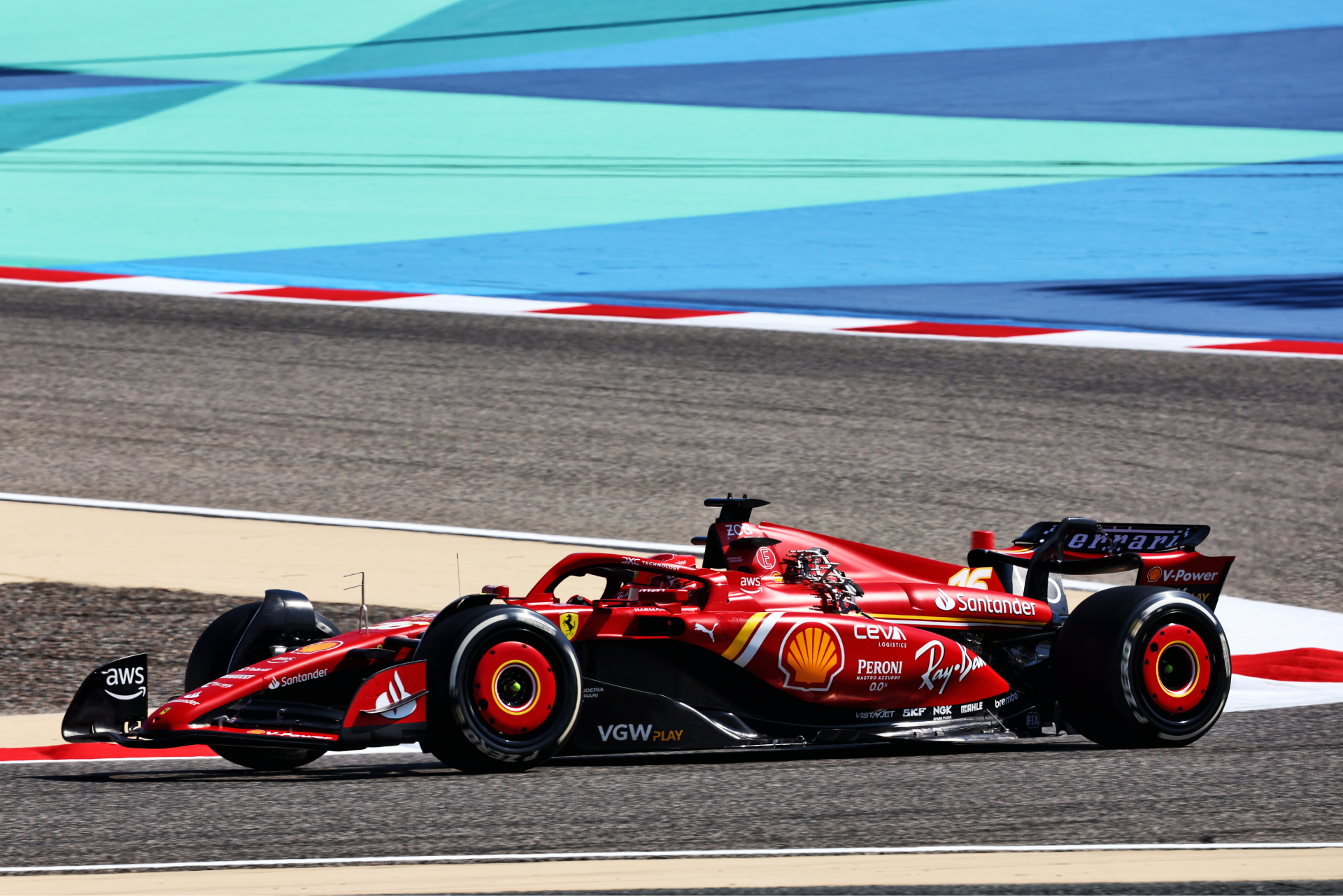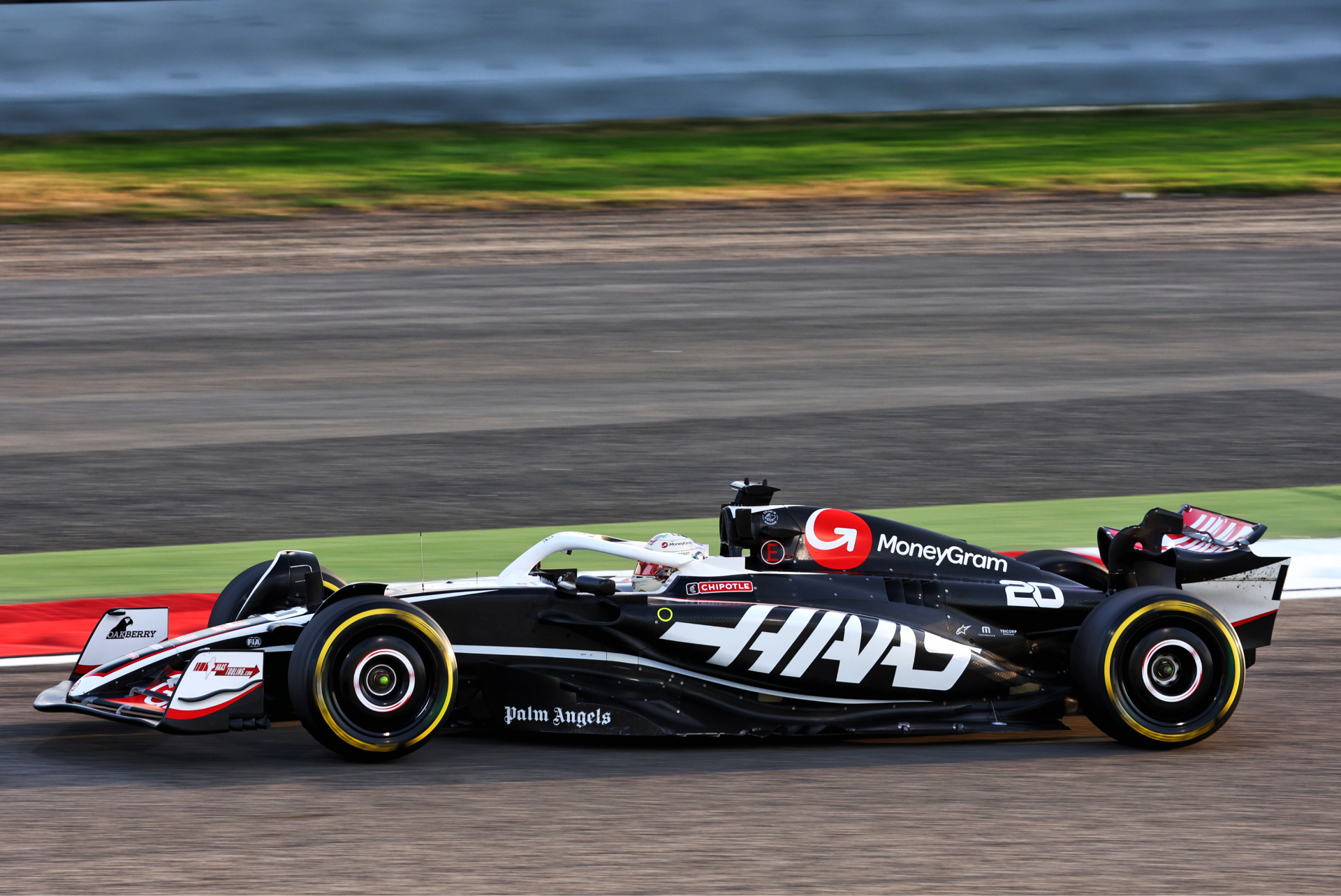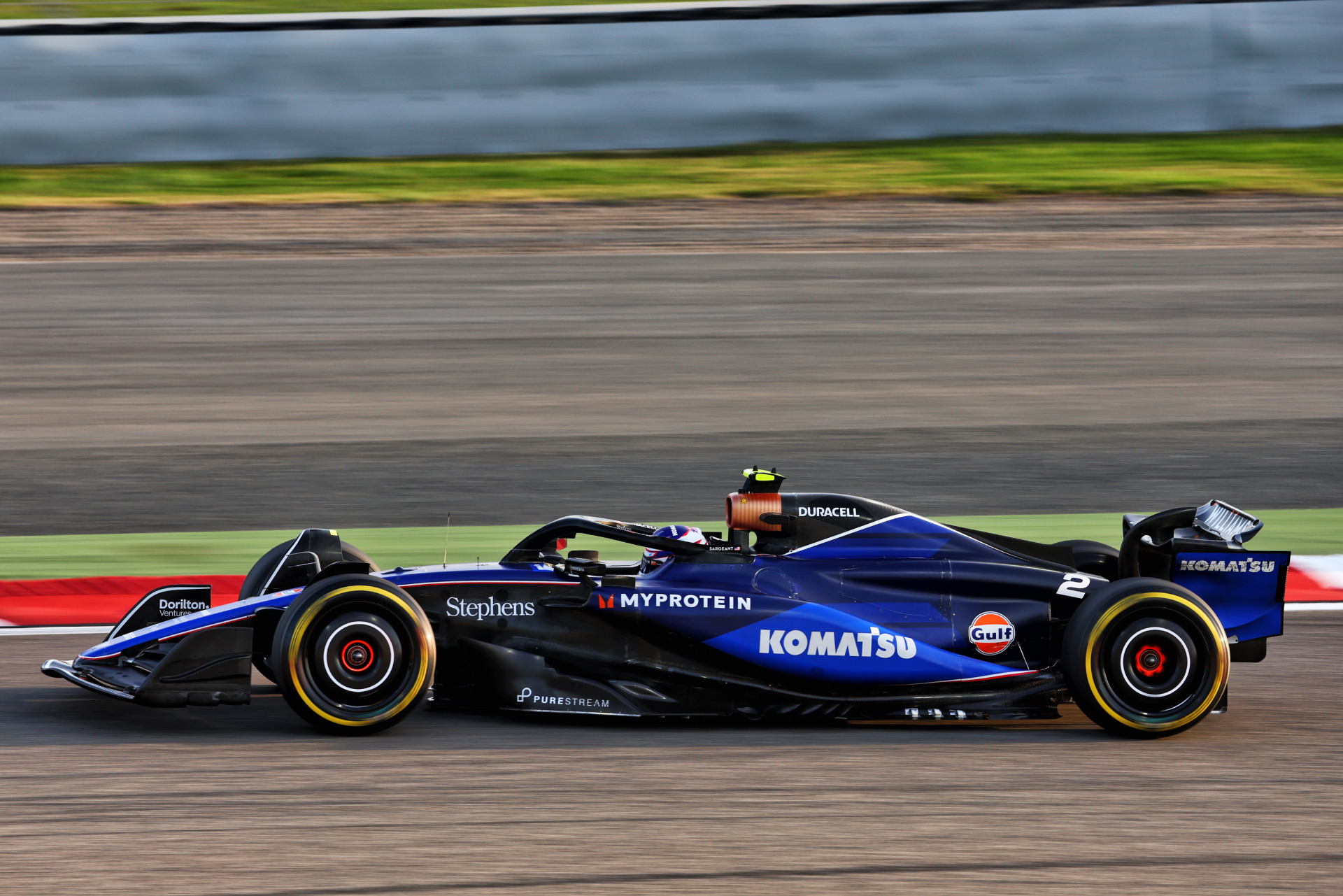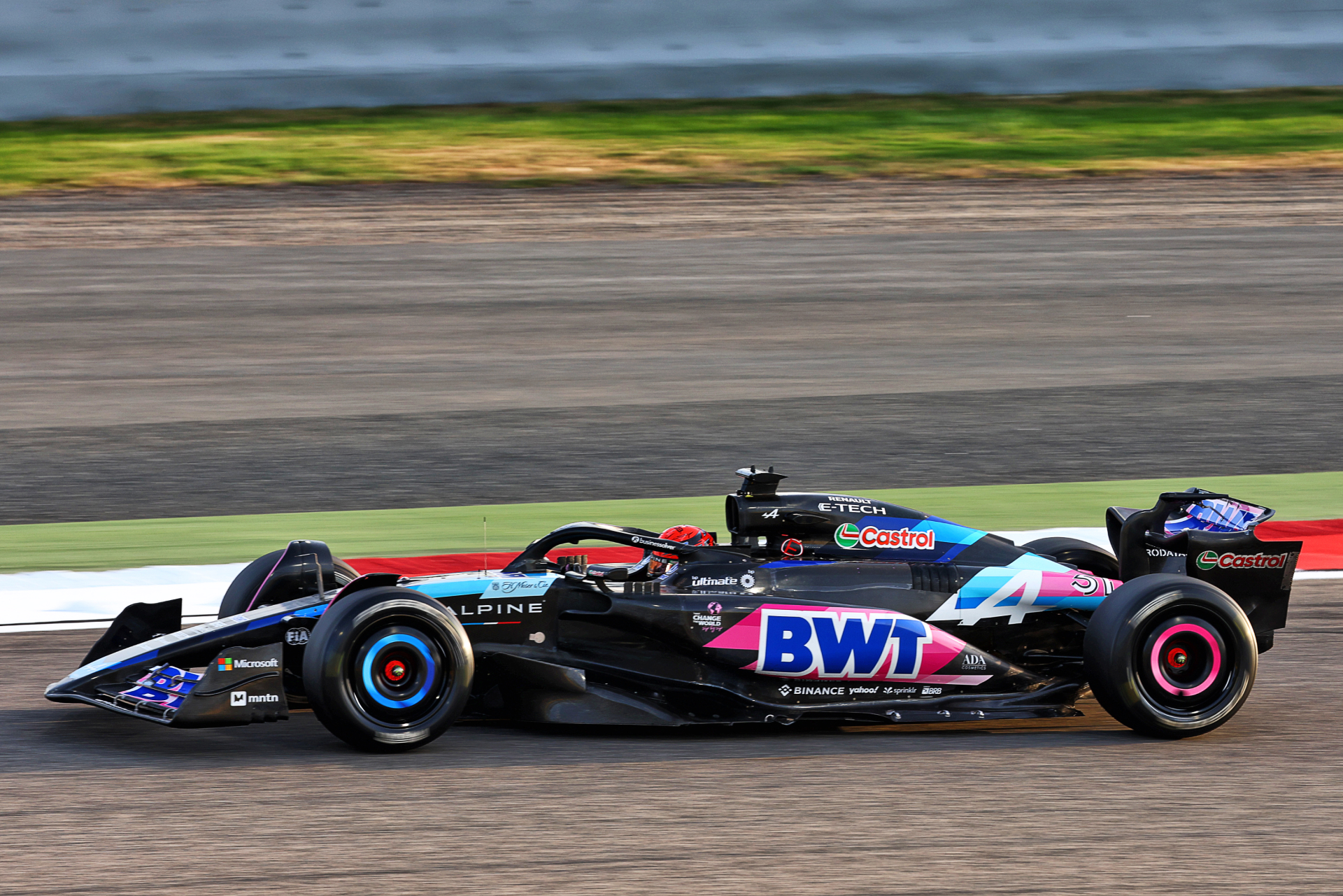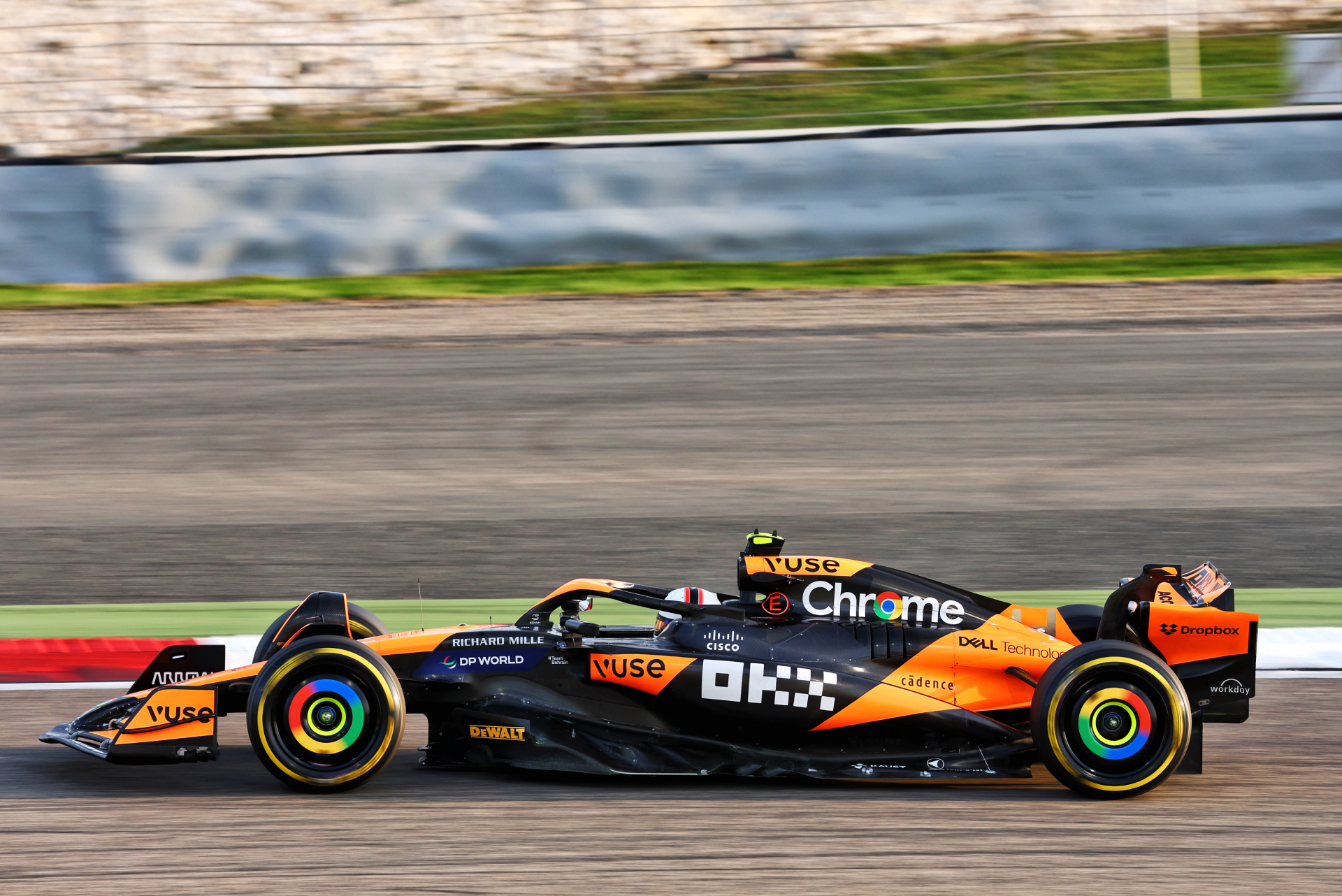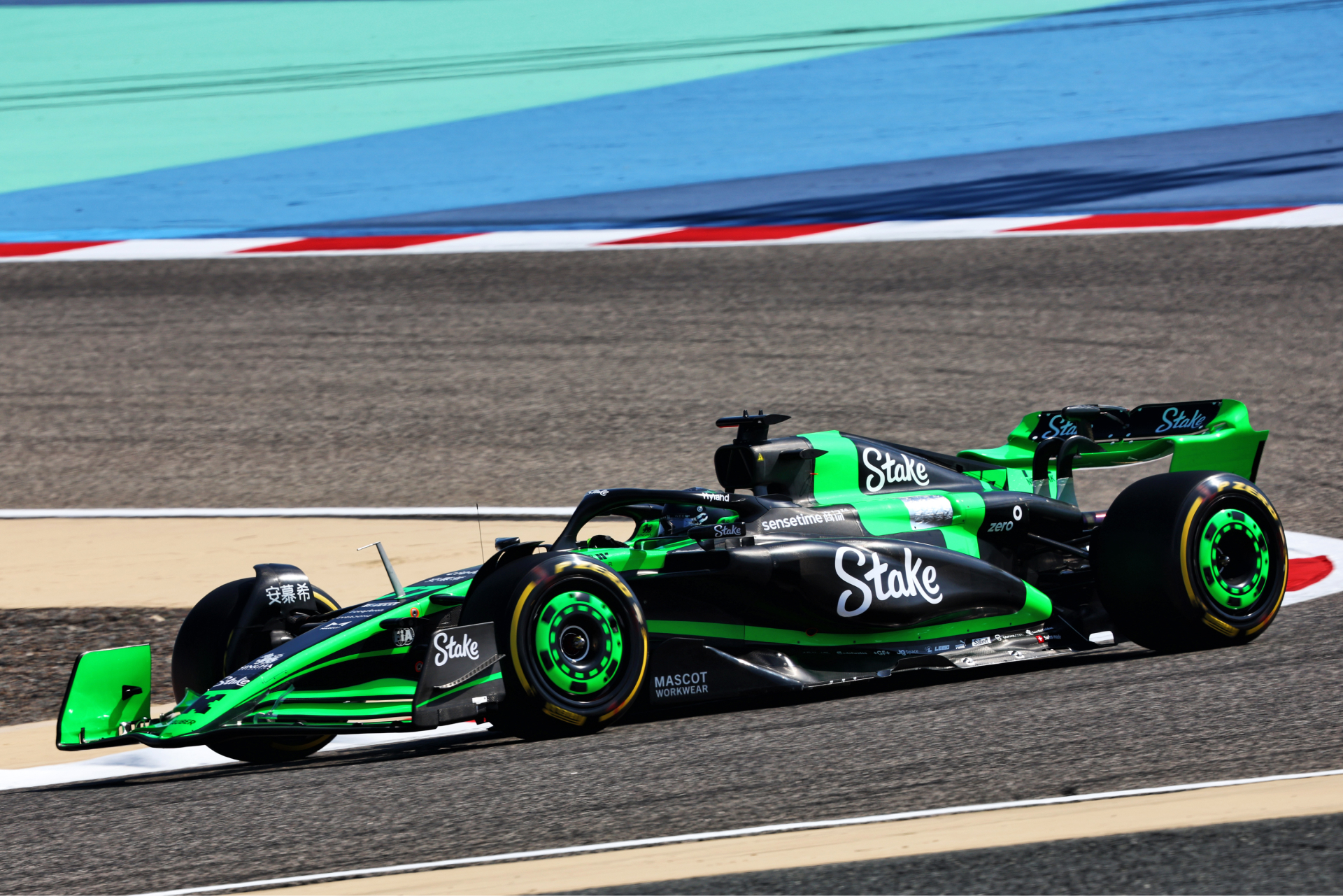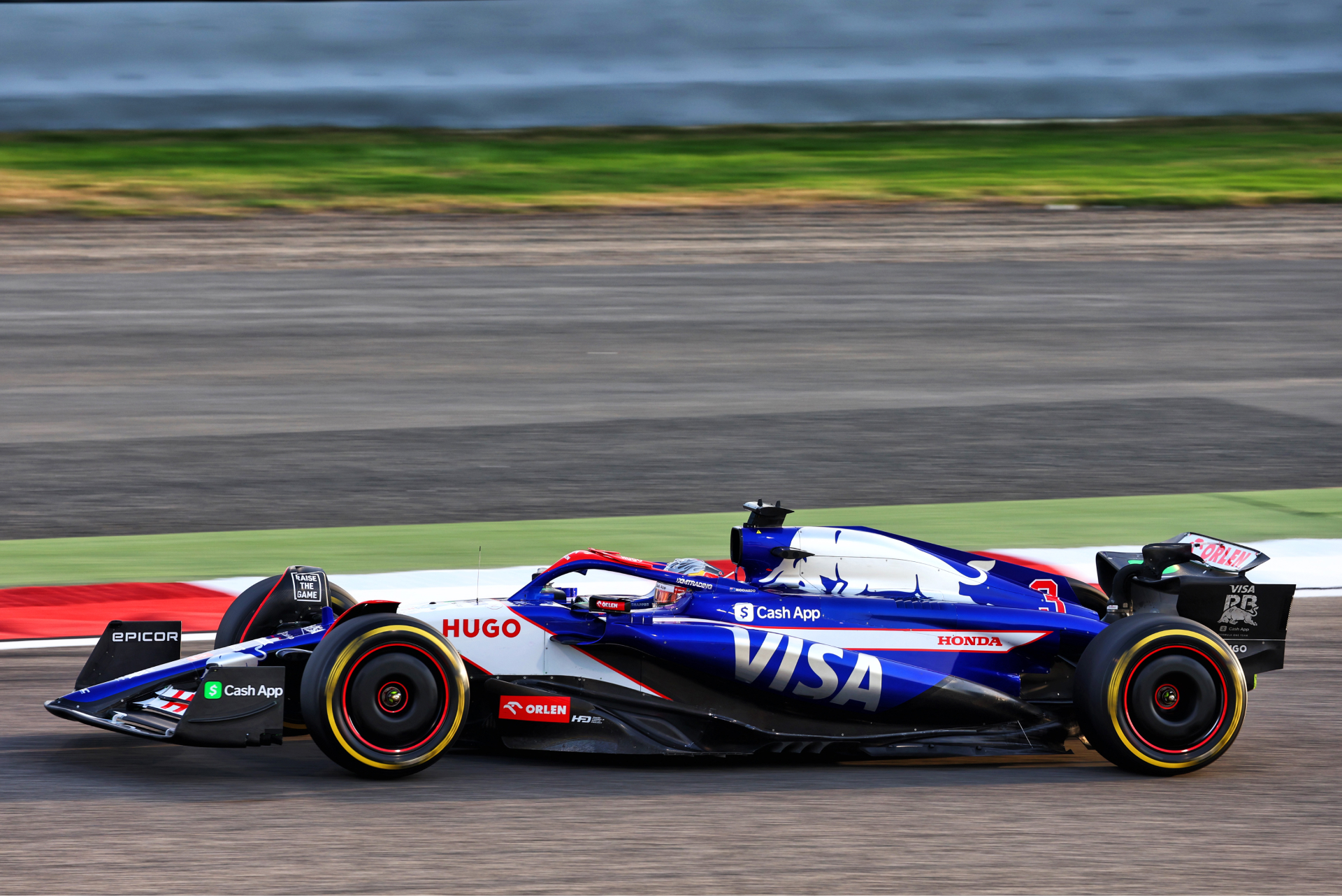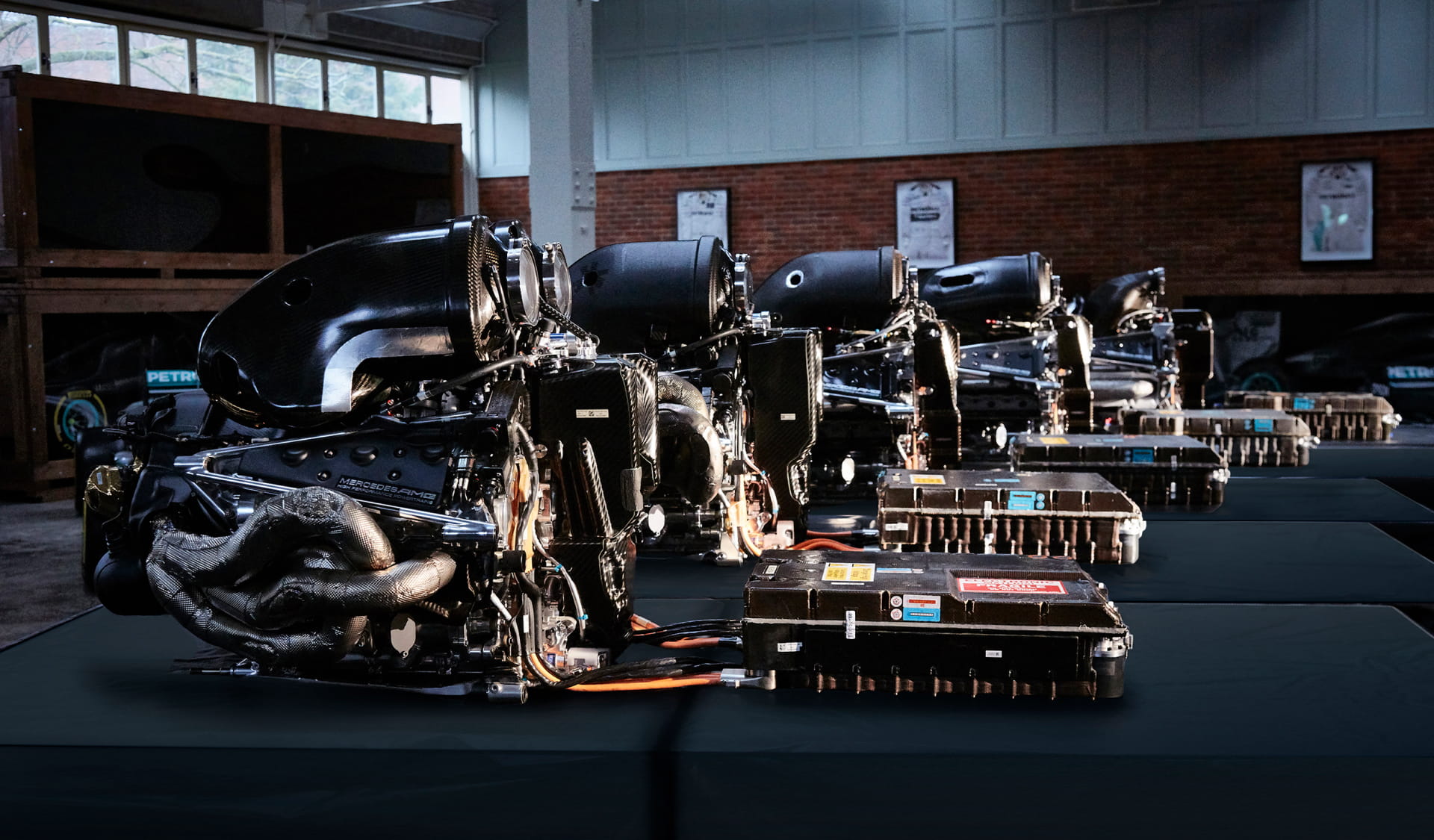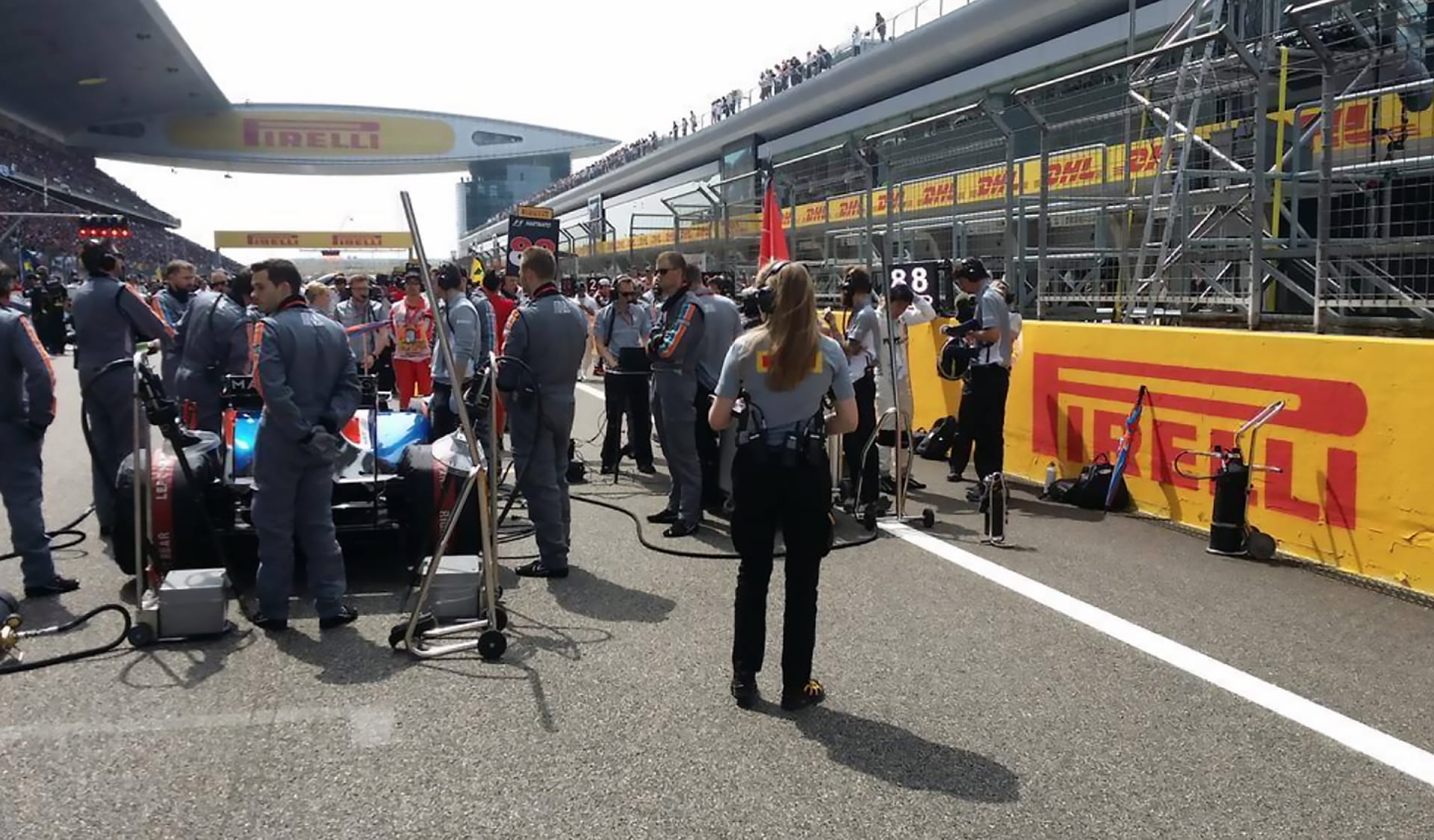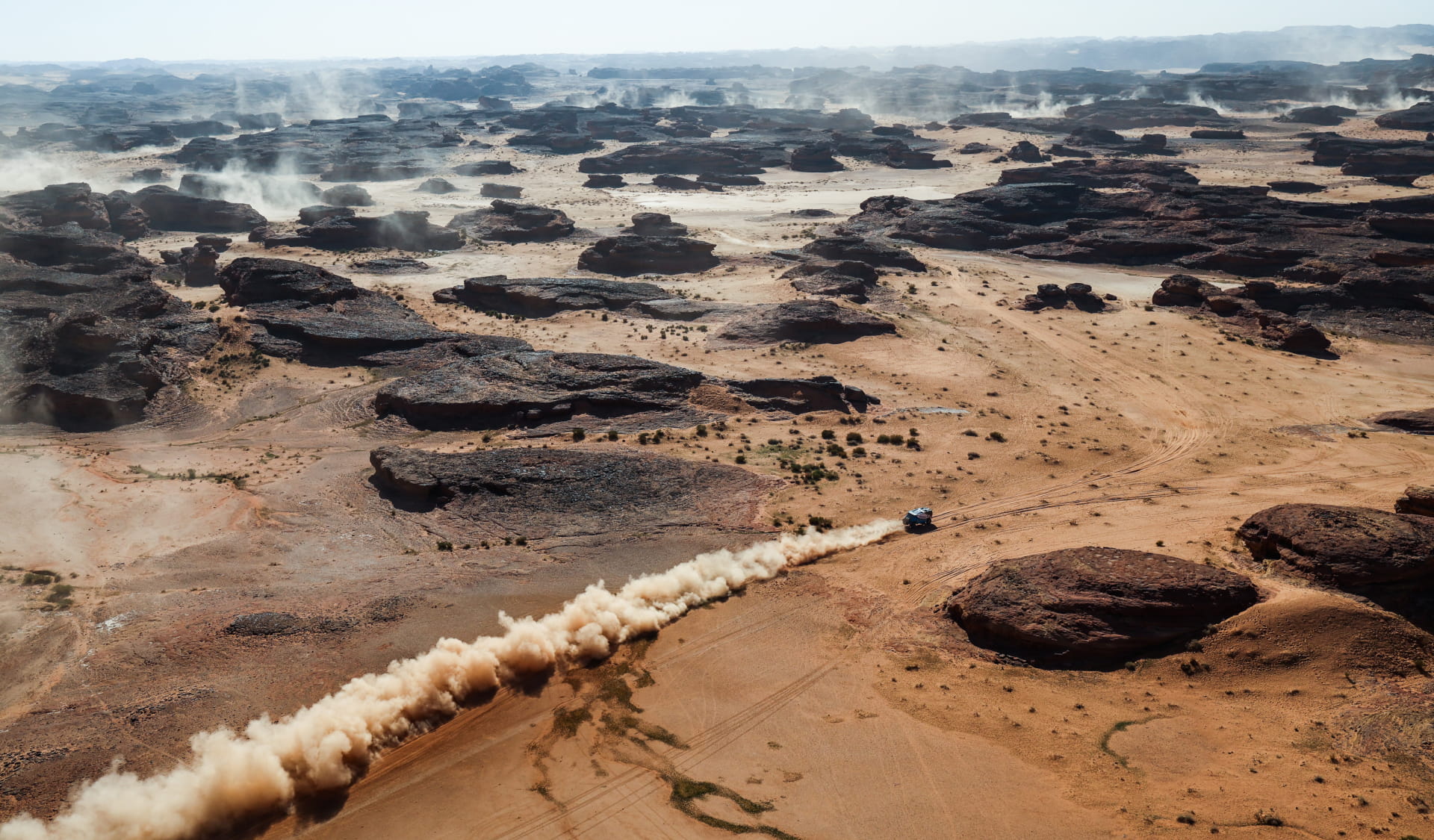Car
The major Formula 1 technical changes for 2024
by Phil Horton
9min read
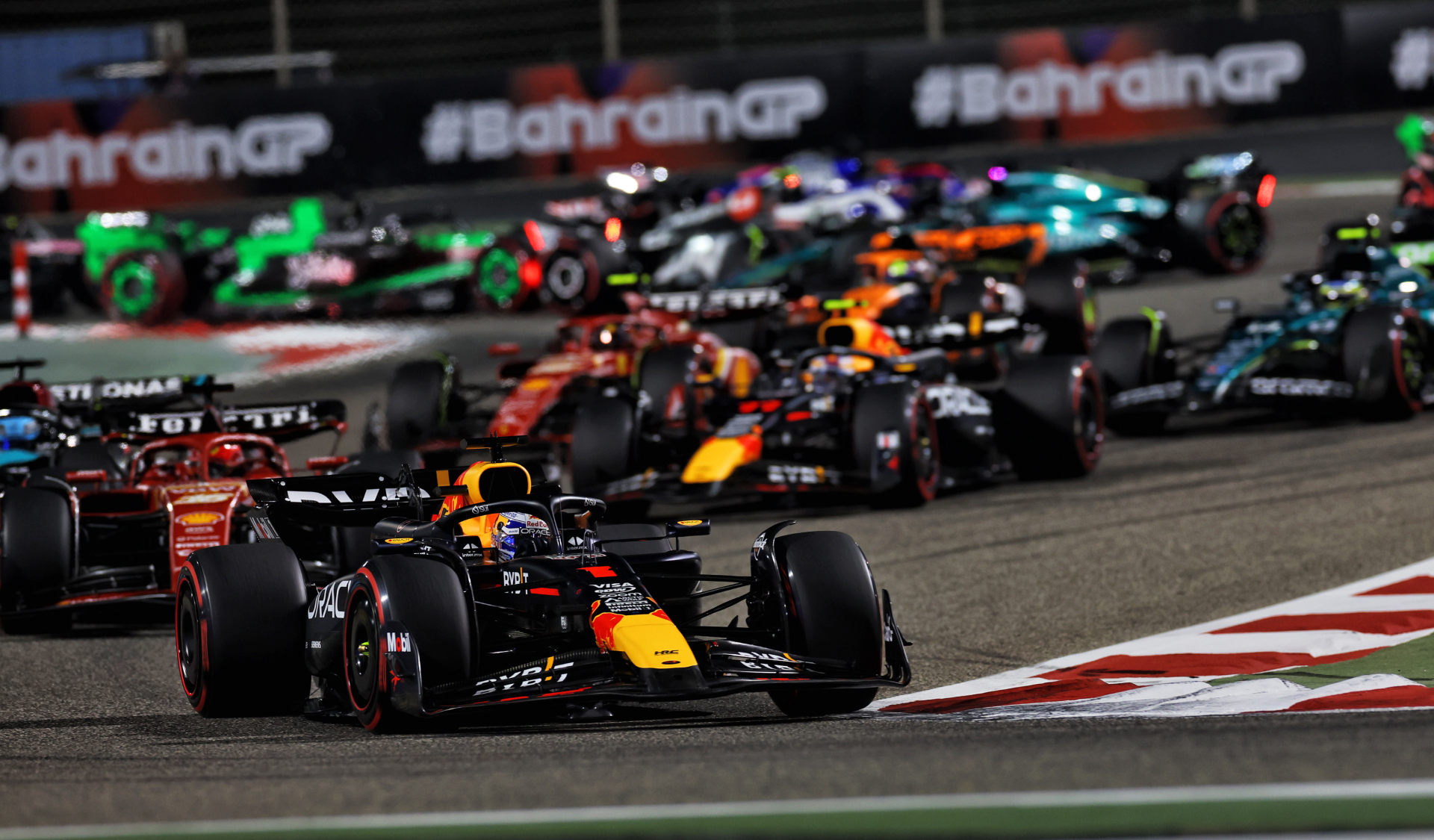
It’s a case of evolution over revolution for Formula 1 in 2024.
The technical regulations have had only a smattering of tweaks heading into the third year since Formula 1 revamped its rulebook in 2022, when there was a sizeable overhaul in car design, bringing ground effect back into the championship.
The simplified ambition was to produce closer wheel-to-wheel action in Formula 1, redirecting the ‘dirty air’ generated by the complex diffusers away from the path of a pursuing car, with redesigned undersides, floor shapes, and strikingly different sidepod solutions.
Ground effect first arrived in Formula 1 in the late 1970s, with huge side skirts creating huge amounts of downforce, but this mechanism was outlawed at the end of 1982 on safety grounds. For 2022 the regulations were more carefully worded and a little bit more prescriptive, allowing the underside downforce to be preserved via the tunnelled shape of the floors, effectively sucking the car to the ground.
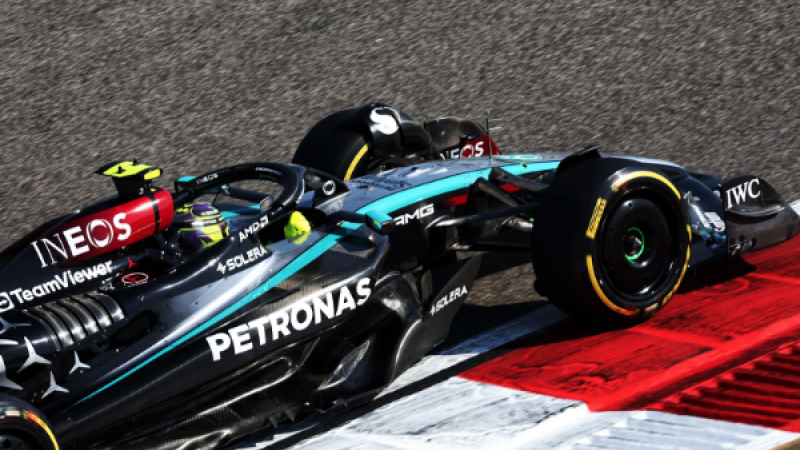
The floor is even more crucial in this era of F1
“Most of a Formula 1 car is not visible,” explains Mercedes technical director James Allison. “It has always been like that, but even more so with this current generation of cars where so much of the performance comes from how the floor interacts with the road. Everything you see above the waterline is the ugly, inefficient conditioners that try to help the floor do its good work. Whether or not a car is effective is down to how well, aerodynamically at least, that floor is permitted to behave.”
The changes have been largely fruitful for on-track competition, with drivers able to sit behind a rival for longer, and not lose so much downforce when following another car through high-speed sections, compared to when they were being buffeted by the dirty air in the pre-2022 set of rules.
Heading into year three of broadly the same set of technical regulations teams are wising up to the quickest design concept. After all, they have two years’ worth of data under their belts, and all experience is knowledge gained.
The benchmark remains Red Bull, after it collected 38 Grand Prix wins and swept the championships in 2022 and 2023 before a strong 2024 pre-season testing performance and one-two finish in the 2024 Bahrain Grand Prix.
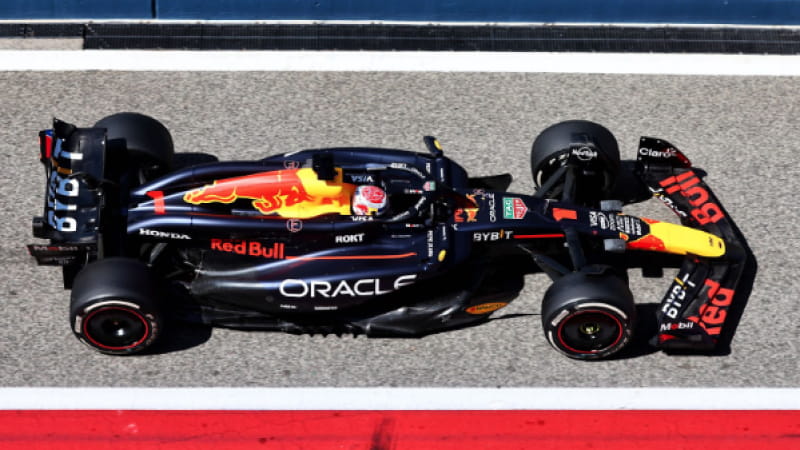
Red Bull turned heads with the RB20
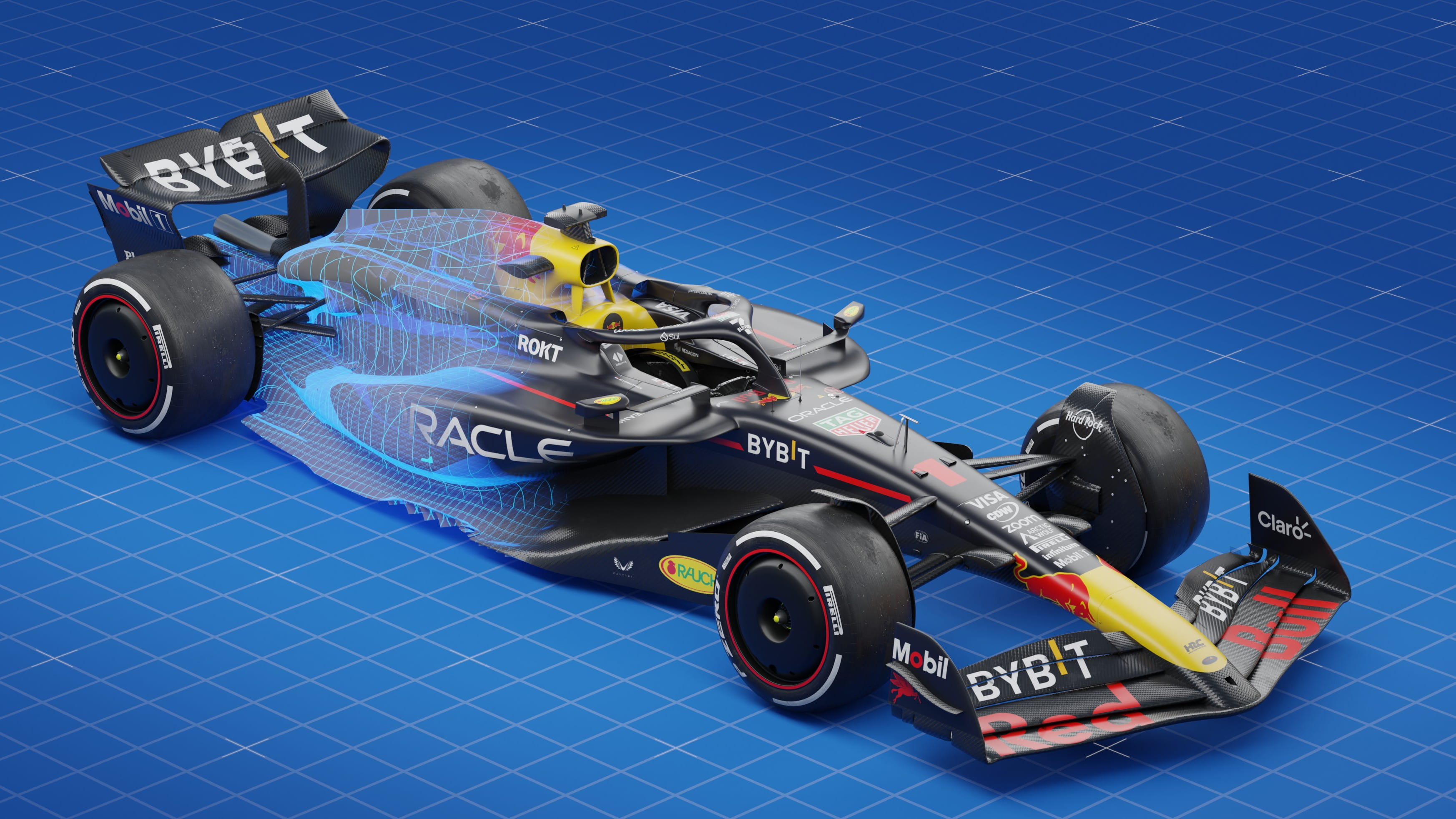
Car, Motor
Inside the revolutionary Red Bull RB20 F1 car
It is little surprise that rival teams looked towards Red Bull’s 2023-spec RB19 for design inspiration ahead of the 2024 season. It did however prove surprising when Red Bull arrived with a dramatically different-looking RB20 that includes a radically-shaped engine cover and inlets.
With the regulations that we have now, it is not particularly easy to have cars that are visually very different.
Dan Fallows
, Aston Martin technical director
“When you have a team that's doing as well as Red Bull has done since 2022, it's inevitable that there will be some kind of convergence on their solutions,” says Aston Martin technical director Dan Fallows. “With the regulations that we have now, it is not particularly easy to have cars that are visually very different.”
Nevertheless, that convergence alters the dynamic of the competition. Heading into year three of the same regulatory cycle means teams have to be smarter in order to unearth performance gains. There is also the matter of the budget cap, set for 2024 at a baseline $135m before exclusions and clauses are invoked. It is only the fourth year of the budget cap, meaning previously free-spending teams are still wising up to how to get the best bang for their buck. It is no longer possible to merely throw money and a raft of new components at a Formula 1 car.
It may be 2024 but teams are not only looking to 2025, but to 2026. That is when Formula 1 will not only evolve its chassis regulations but overhaul its engine guidelines, with three times the electrical power, fully sustainable fuels and an increase of standardised components. Teams can begin work on the 2026 car on January 2, 2025, meaning resources will quickly be diverted.
“It's clear for this season to have a good baseline to work on,” says Ferrari technical director Enrico Cardile. “From January next year we will move a lot of effort [towards building a car to] the new regulations. So, from there, it's important to have a good baseline this year, it is important to have a good rate of development through the season to start the next one in the best shape possible because a lot of efforts will be moved on the 2026 car.”

The field returns to China for the first time since 2019
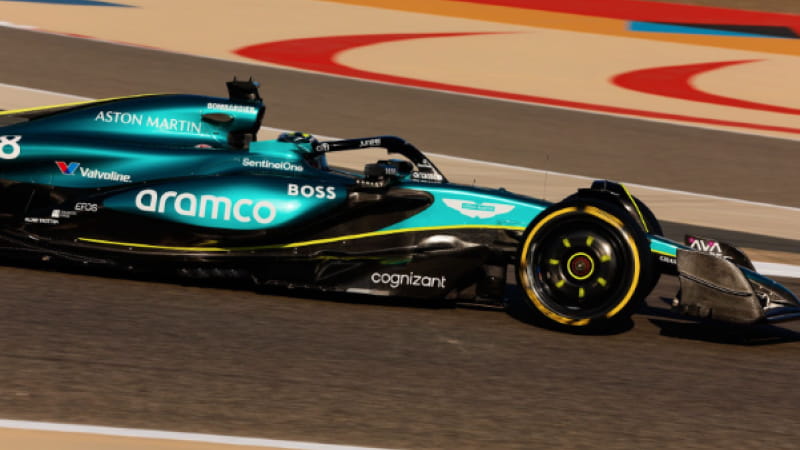
Teams have converged on Red Bull's solutions, but will that be enough?
Away from the technical side there are still other tweaks for teams to note.
Teams must grapple with the longest schedule in Formula 1 history, at 24 Grands Prix, with the 22 of last year joined by returnees Imola and Shanghai.
Sprint races, returning for a fourth year, will once more feature at six of those Grands Prix, but the weekend timetable has been amended.
Sprint qualifying has been relocated to Friday afternoon, with the sprint race the first order of Saturday’s track activity, with Grand Prix qualifying reinstated to Saturday afternoon. The Bahrain and Saudi Arabian Grands Prix have been moved to Saturdays due to the Islamic holy month of Ramadan starting on Sunday, March 10, 2024.
The Drag Reduction System (DRS), which opens within a DRS zone when a driver is within one second of a car ahead to provide a straight-line speed boost, the flap on a rear wing which opens when a driver is within one second of a rival and provides a straight-line speed boost, will now be permitted after one lap of a race – or race restart – compared to the two laps of previous years.
The 2024 season-opening Bahrain Grand Prix only provided further proof that Red Bull holds the cards, but its rivals are working hard to claw back the performance deficit and topple the champion’s dynasty in coming seasons.
